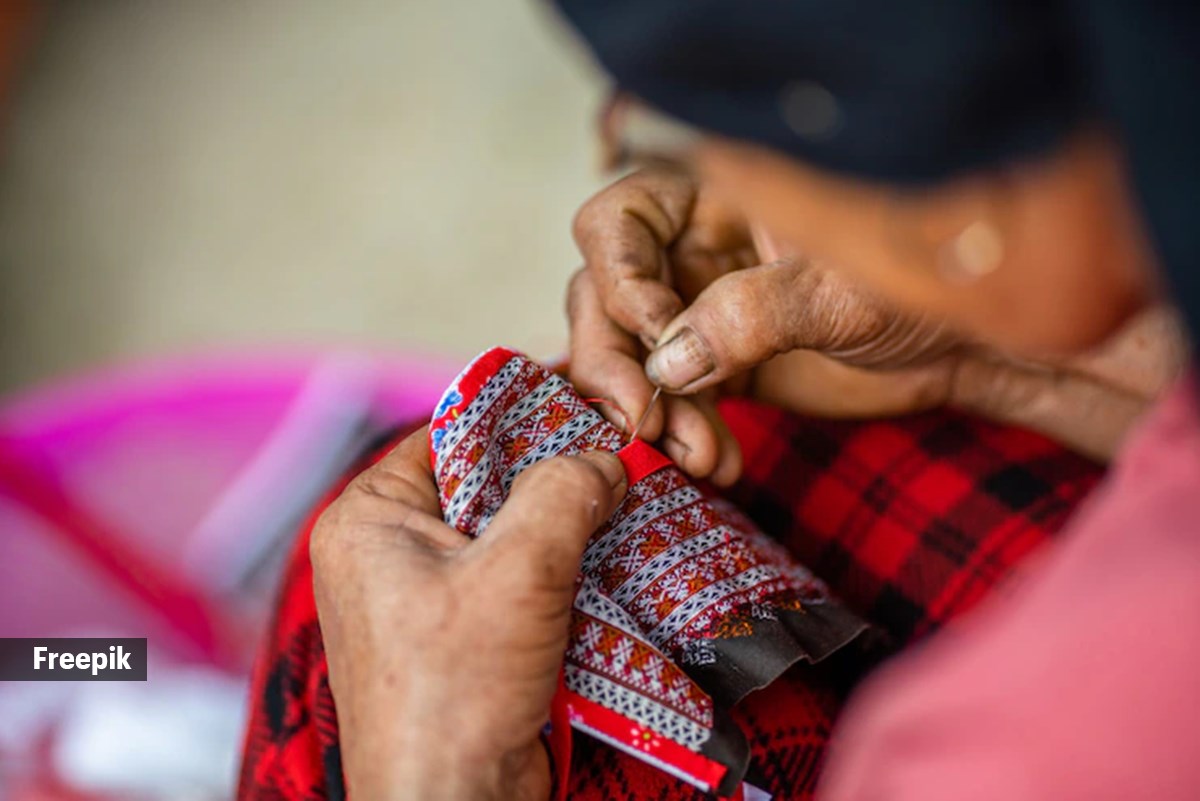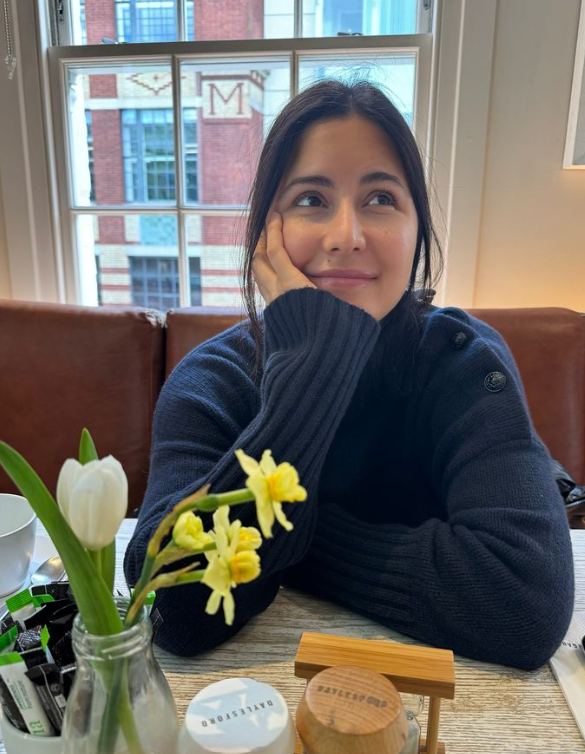National Handloom Day serves as a poignant commemoration of the historic initiative to promote indigenous goods, ignited by the Swadeshi movement on this very day in 1905 in Calcutta. This movement, spearheaded by Bal Gangadhar Tilak, Bipin Chandra Pal, and Lala Lajpat Rai, resonates with the significance of supporting locally crafted products.
Each year, on August 7, National Handloom Day is fervently observed throughout India. This special day stands as a tribute to India’s opulent handloom heritage and honors the dedicated community of skilled weavers contributing to this sector.
Moreover, National Handloom Day serves as a poignant reminder of a historic milestone—the rallying cry to endorse homegrown products during the Swadeshi movement. This pivotal movement was ignited on August 7, 1905, in Calcutta, under the leadership of eminent figures like Bal Gangadhar Tilak, Bipin Chandra Pal, and Lala Lajpat Rai.
Nonetheless, the inaugural commemoration of National Handloom Day took place in 2015, graced by the presence of Prime Minister Narendra Modi. In the present year, the PM is set to engage in the festivities at 12 noon within the captivating premises of Bharat Mandapam, situated at Pragati Maidan in Delhi.
Expressing his thoughts on the occasion, the Prime Minister shared in a tweet, “This marks an opportunity to reaffirm our dedication to promoting indigenous textiles and handlooms, aligning with the ethos of ‘Vocal For Local’.”
At 12 noon tomorrow, 7th August, I will join the National Handloom Day celebrations at the Bharat Mandapam in Delhi. This is an occasion to reiterate our commitment towards popularising local textiles and handlooms in the spirit of being ‘Vocal For Local.’
— Narendra Modi (@narendramodi) August 6, 2023
Therefore, on this significant day dedicated to upholding the nation’s invaluable heritage and showcasing the talents of skilled craftsmen and weavers, what could be more fitting than exploring a collection of exquisite handloom saris from across India? The allure of these handwoven creations resides in their unique qualities, with each state boasting its distinct expertise, fabrics, designs, and methods. Thus, we present to you a diverse array of handloom saris hailing from different regions of the country.
- Tamil Nadu’s Kanjeevaram Sari:
Hailing from the charming town of Kanchipuram in Tamil Nadu, the Kanjeevaram saris boast a reputation for their exceptional craftsmanship and durable silk. These saris are distinguished by their vibrant hues, often adorning South Indian women. Notably, the zari utilized in the weaving process exudes a remarkable quality, predominantly fashioned from gold and silver threads. - Maharashtra’s Paithini Sari:
Renowned as one of India’s finest handwoven silk saris, the Paithini sari derives its name from the town of Paithan in Aurangabad. Admired for its distinctive slanting square border design, the pallu of this sari intricately depicts elements from nature, including trees, parrots, and peacocks. - Varanasi’s Banarasi Silk Sari:

No compilation is complete without mentioning the Banarasi silk sari. Revered as one of India’s most exquisite silks, its opulent gold and silver brocade, embellished with lavish zari work and embroidery, makes it an essential inclusion in every bride’s trousseau.
- Madhya Pradesh’s Chanderi Sari:
Originating from the town of Chanderi in Madhya Pradesh, this traditional sari is meticulously crafted from pure silk, cotton, and zari. Blending a seamless combination of luster, quality, and intricate prints, Chanderi saris often showcase traditional motifs such as coins, peacocks, geometrics, and florals. - Gujarat’s Bandhini Sari:
While tie-dye patterns may seem synonymous with Western wear, the Bandhini sari defies this notion. Originating from the skilled hands of the Khatri community weavers in Gujarat, this sari is created using a tie-dye technique involving meticulous handwork to form captivating abstract designs. The term “Bandhini” draws inspiration from “Bandhan,” meaning ties, reflecting the intricate artistry behind this craft. This unique sari style also holds popularity in certain regions of Rajasthan and Punjab.
In celebrating National Handloom Day, we explore the intricate artistry and diverse traditions of handwoven saris across India. From the vibrant hues of Tamil Nadu’s Kanjeevaram to the opulence of Varanasi’s Banarasi silk, each sari reflects the rich heritage of its region. Maharashtra’s Paithini, Madhya Pradesh’s Chanderi, and Gujarat’s Bandhini further exemplify the craftsmanship and cultural significance behind these timeless creations. As we honour this day, we pay homage to the skilled weavers who breathe life into these exquisite pieces, preserving India’s invaluable handloom legacy.











